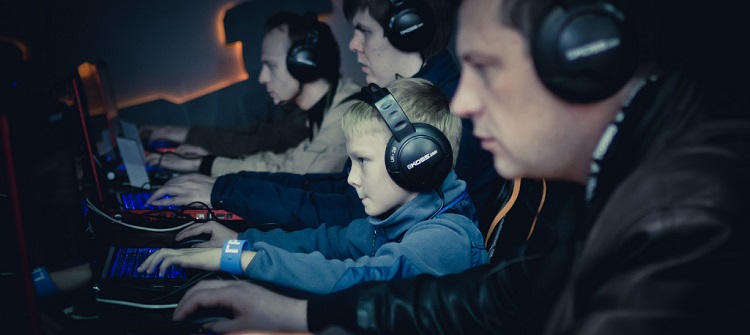The struggle is real.
Everyone has experienced it, got annoyed by it, or even got lost because of it. The empty battery problem of your mobile device. With so many devices and only a limited number of electrical outlets (especially on universities) we need a solution that is both sustainable and convenient.
One solution could be to carry around a Portable charger. Although they come in many shapes and sizes, they still feel inconvenient to me to carry around. But is creating more batteries really the solution? The Lithium used for those batteries needs a tremendous amount of other metals (copper and aluminum) to work, reducing the environmental savings (Notter, et al., 2010). Another question we need to ask ourselves is whether we really want to retrieve all that lithium from the earth’s crust, as almost all of it is coming from Argentina, Bolivia & Chile. A 2007 French study concluded that “it would be irresponsible to despoil these regions for a material which can only ever be produced in sufficient quantities to serve a niche market of luxury vehicles for the top end of the market..” (Tahil, 2007).
Though Wireless charging is being promoted for a while now already, your mobile device needs to basically be on top of such a ‘wireless charging stations’. Since that isn’t very convenient in most situations a new solution has been created by Wi-Charge. The wireless charging stations that they create can charge any mobile device that is within a range of 10m of the station. The transmitter uses safe infrared beams to reach the receiver, establishing a Virtual Photonic Power Cord™ (Wi-Charge, 2017). Have a look at below video to see for yourself how it works.
https://youtu.be/hIuDCqUXzVI&w=400&h=225
Although this product is currently in its beta-testing, it will become available in the first half of 2018 in commercial public spaces. However, it is unknown if the company has plans to launch a product for charging your device inside your house (Boxall, 2017). But since walking around with a ‘power bank’ or some cables can be very inconvenient, maybe even awkward, public wireless charging seems more helpful anyway.
So, what are your thoughts on this? Will we in not too long from now take wireless charging for granted like we already do with wireless internet connections?
References
Boxall, A. (2017, August 15). No cables, no hassle: Wi-Charge’s in-room wireless charging is coming next year. Retrieved from Digital Trends: https://www.digitaltrends.com/mobile/wi-charge-in-room-wireless-charging-approved-fda/
Notter, D., Gauch, M., Widmer, R., Wager, P., Stamp, A., Zah, R., & Althaus, H.-J. (2010). Contribution of Li-Ion Batteries to the Environmental Impact of Electric Vehicles. Environ. Sci. Technol., 6550 – 6556.
Tahil, W. (2007, January). The trouble with Lithium: Implications of Future PHEV Production for Lithium Demand. Retrieved from Meridian International Research: http://www.meridian-int-res.com/Projects/EVRsrch.htm
Wi-Charge. (2017). Technology. Retrieved from Wi-Charge: https://www.wi-charge.com/technology/


